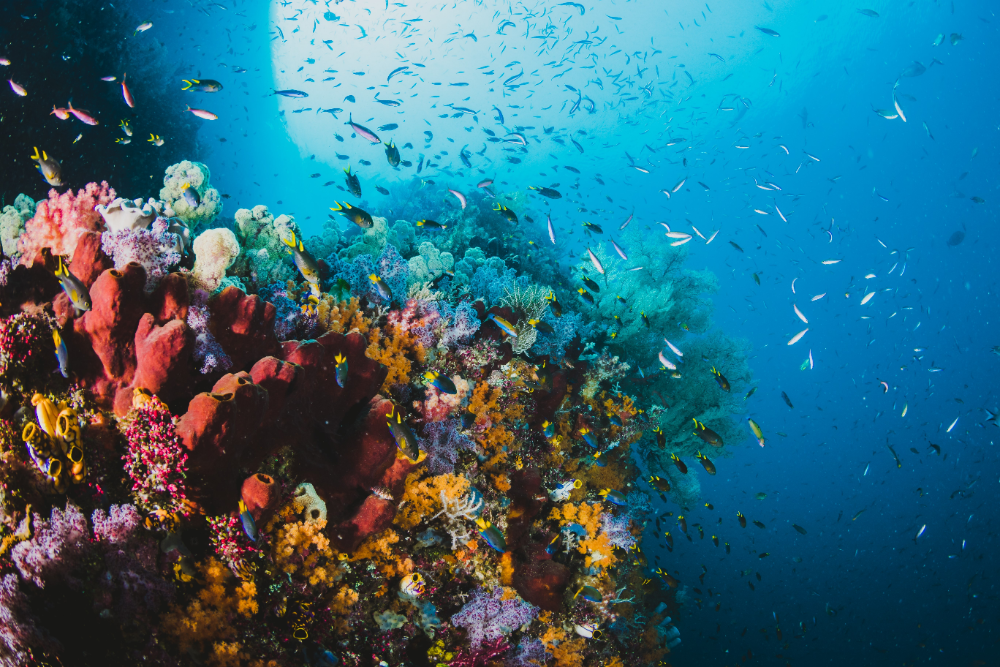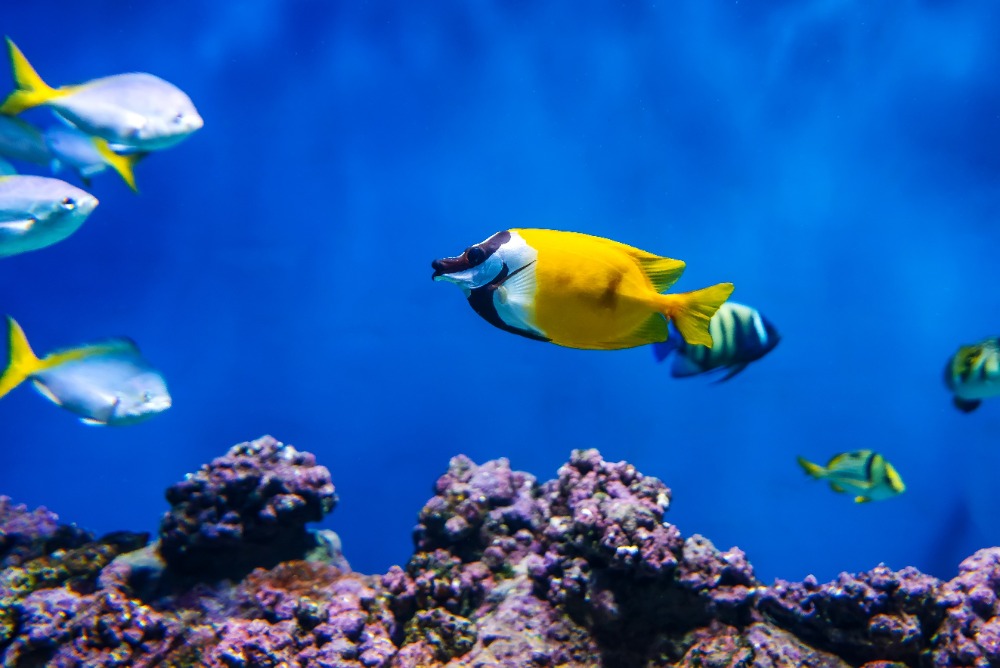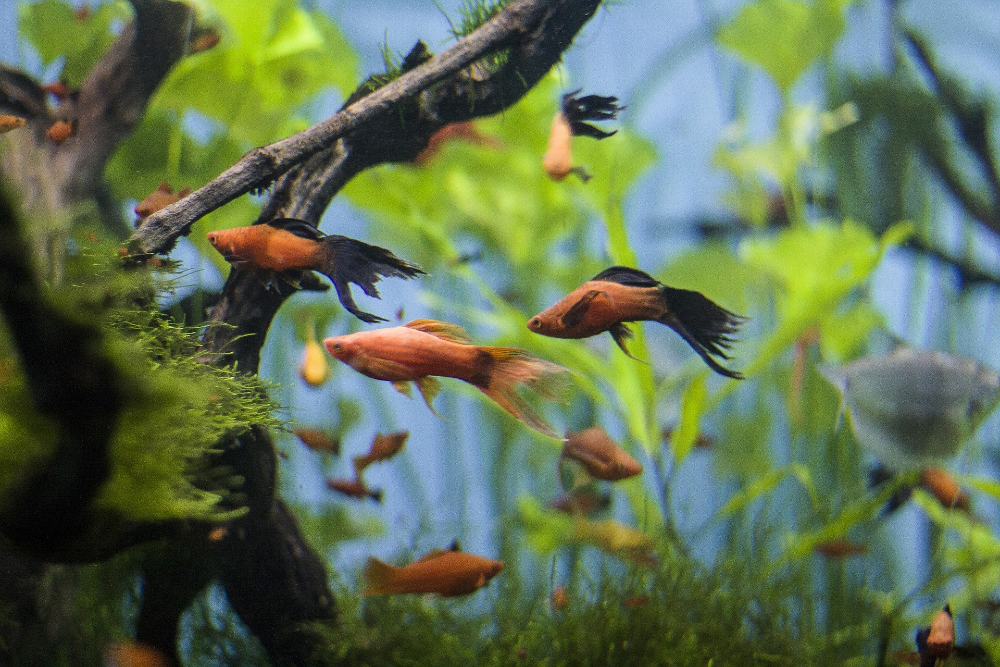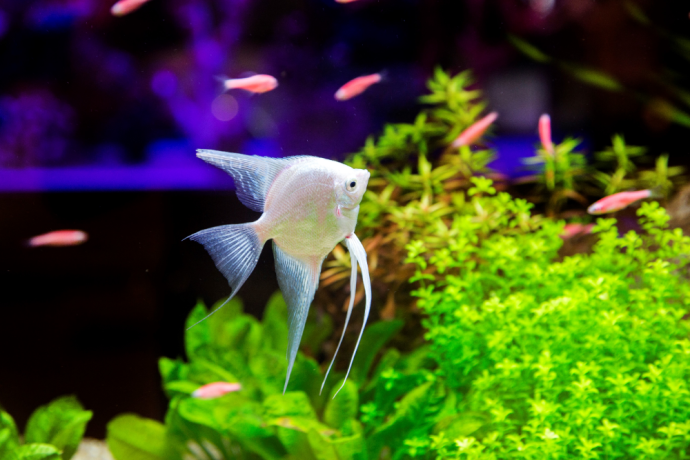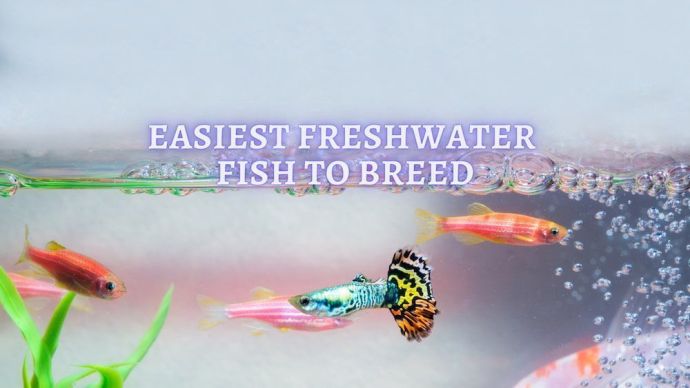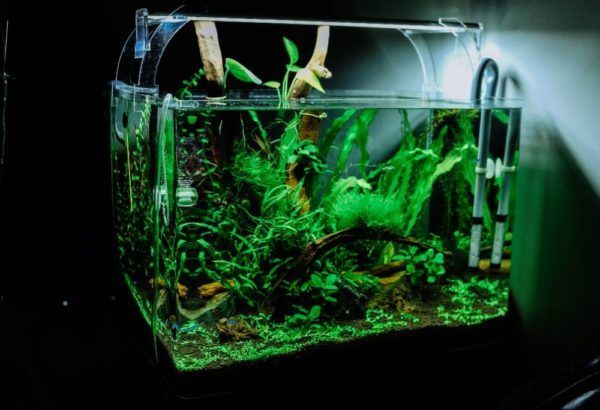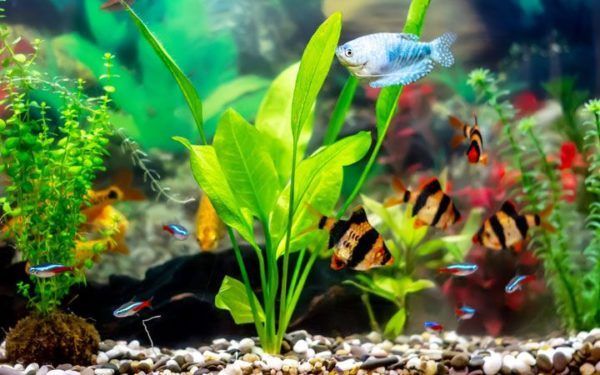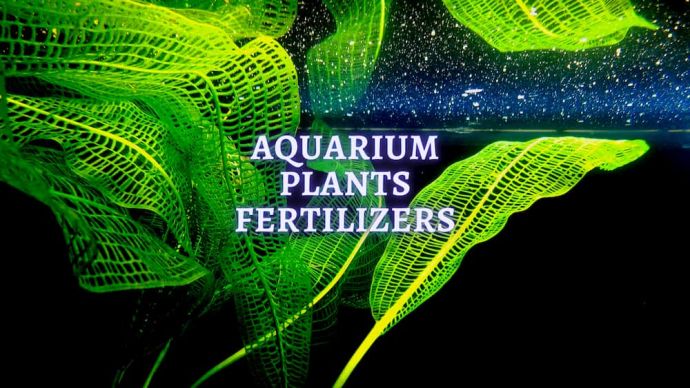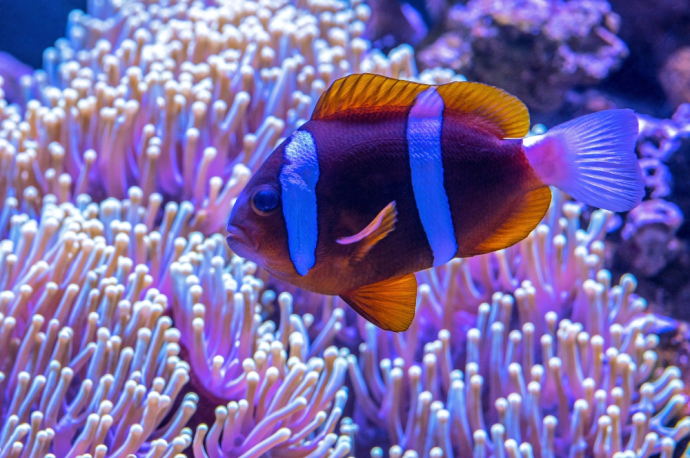Aquarium Water Changing: How to Change Aquarium Water?
Written by:
Author: Casey Fenn
Casey Fenn has 3+ years of experience in writing content. He lives in western North Carolina with his wife, four children, and an assortment of farm animals — including a dog, twenty chickens, a handful of quail, and one milk cow. Casey specializes to write articles in Dog Care, Cat Care, and Tips for Aquarium Owners.
View all 10 articlesLearn about our editorial process and veterinary review board.
Viewed: 220
Updated on: 06/27/2023
Your aquarium is an entire mini-ecosystem for your aquatic pets. It’s their home. If it becomes filthy and uninhabitable, they can’t simply walk outside and get some fresh air. They’re relying on you to keep their home fresh and livable. Whether you have a freshwater or saltwater aquarium, learning the whats, hows, and whys of aquarium water changing is an absolute must.
So, let’s dive right into this important topic!
Why Do Aquariums Need Water Changes?
Your fish or other aquatic pets spend their entire lives in your aquarium. And for weeks and months, their healthy H2O can grow stale and even dangerous.
Unlike in their native habitats, where the larger area allows water to be easily recycled and toxins to be diffused, your aquarium is a closed space. Though effective filtration systems can only help your H2O last longer, they can only do so much. Eventually, your water will have to be changed.
This is because chemicals are constantly being introduced into your aquarium. This takes place through feeding, conditioners, and other supplements and the natural metabolic processes of your fish or other aquatic animals.
Just think of the food that winds up on the floor of your aquarium uneaten. Like food that’s left out in your kitchen, it will decay. And your fish release waste like any other animal. All this waste and decayed material add up over time. And that doesn’t even take into account the fact that your aquarium’s water needs certain minerals and trace elements for the good of your pets. These things can be used up over days and weeks, leaving your aquariums with an unbalanced pH.
And while a filter can help balance H2O over the short run, it’s not a panacea. There will inevitably be a slow build-up of chemicals that can negatively impact quality and, subsequently, the quality of life for your pets.
Negative Effects of leaving Water Unchanged
And don’t think that this only applies to fresh-water aquariums. Saltwater aquariums are susceptible to the same adverse effects of leaving water unchanged for weeks and months.
Just consider the following negative effects:
1. Nitrate Waste
Your fish release ammonia through their natural digestive processes. That ammonia is then converted into nitrites and nitrates by filtration systems. And those nitrates can quickly accumulate, creating an unhealthy environment for your animals. Dangerously high levels of nitrates will stress your fish, making them more likely to get sick and lowering their overall health. It can also do significant damage to any invertebrates or coral that may be living in your aquarium. The best way to maintain healthy levels of nitrates in your fresh or saltwater aquarium is by changing the H2O regularly.
2. Decaying Organic Material
As we’ve already noted, organic material such as food and waste can build up in your aquarium, even if you have an effective filtration system in place. This natural material will break down and disperse throughout your aquarium, leading to cloudy, dirty water. In addition, if you have any coral or invertebrates, they need clear H2O so they can get the energy they need via photosynthesis. But if light has a hard time making it through your murky water, they won’t be able to. In addition to these problems, decayed organic material can affect your water’s pH, which is especially dangerous for saltwater aquariums.
3. A Lack of Essential Minerals
In natural bodies of water, minerals and trace elements are constantly being replenished through the natural cycle. But this isn’t the case with your aquarium. On the contrary, your filtration system can actually remove the elements needed for a healthy environment. By regularly changing your aquarium’s H2O, you can ensure that your fish or other aquatic pets have the pristine ecosystem they need to thrive.
If you’re going to minimize these dangers to your fish, you need to make changing your aquarium’s water a regular part of your routine maintenance. With that said, the frequency with which you’ll need to shift aquarium H2O will depend on many factors, including the size of the tank and the number/type of fish and aquatic creatures living there.
Generally, it’s a good rule of thumb to change between 15 and 20 percent each week. This will ensure that your water stays clear, clean, and livable. If your tank is large compared to the number of fish living there, you may manage by changing it every two to three weeks, but you won’t want to go more than that.
Also, you should recognize that topping off your aquarium is not the same as changing it. The water in your fresh or saltwater aquarium will naturally evaporate. Therefore, simply adding water will not remove the nitrates or other toxins that could potentially create a dangerous situation for your fish.
How Do I Change My Aquarium Water?
If you follow a regular schedule of changing 15-20% of your tank’s H2O every week or so, you won’t have to worry about stressing your fish by completely removing them. Instead, you can simply follow these simple steps…
1. Preparing Your Water
Before scooping a bucketful of water out and pouring a gallon or two in, you need to make sure that the water you’ll be adding is ready. If you fail to do this, you can shock your fish – and even kill them.
So, fill a clean bucket with tap water and treat it with a conditioner. This will balance its pH and minimize any dangerous chemicals that might harm your fish. Of course, you’ll also want to ensure that the water you’re replacing matches the temperature and salinity in your tank as closely as possible. But, again, adding drastically different water can create a dangerous situation for life in your aquarium.
If you have a saltwater aquarium, you’ll need to buy saltwater from a local pet store (they often sell them in refillable, 5-gallon jugs) or mix your own using aquarium salt and RODI water. After you’ve prepared your saltwater, make sure to check the salinity, so you know whether it matches what’s already in your tank.
2. Preparing Your Tank
Once you’ve got your new water ready, take a moment to disconnect any lighting or heating elements on your tank to eliminate the possibilities of electrocution or minor shocks. You may also want to check your filtration system at this time, making sure that it’s clean and running properly. Finally, you may want to remove any aquatic decorations or plants that have attracted bacteria or dirt. Give them a good scrub down if they’re looking especially dirty or dingy.
READ MORE: TOP Floating Aquarium Plants
3. Removing the Old Water
The easiest and best way to remove your tank’s old water is to use a siphon and run it along the bottom of your tank. This will not only pull out the old water but also remove debris and waste that have settled near the floor of your aquarium. After you’ve removed 15-20% of the old water, check to make sure that the tank’s temperature matches that of the H2O you’re about to add.
4. Adding the New Water
Adding your treated water is as simple as slowly pouring it in (always making sure that the temperature and salinity are closely matched).
5. Adding the Finishing Touches
Once your tank has been refilled, you can add any newly cleaned decorations or plants and plug all heating and lighting elements back in. It’s that simple.
Can You Change Aquarium Water Too Often?
Generally, you can’t change your aquarium’s water too often. Even daily changes – if done correctly – are entirely safe and ensure that your fish always have a clean environment. With that said, replacing your aquarium’s water that often isn’t really necessary unless you have a difficult time keeping nitrates or other harmful material away.
Why Fish May Die After Changing the Water?
If you’ve ever changed the water in your aquarium and, shortly after, found one of your fish floatings, you’ve likely wondered if changing their water could have killed them. Changing aquarium H2O will not kill your fish – unless the water you’re putting in is drastically different from what they’re used to.
Like most living things, your fish will adapt to their environment over time. If you replace their current water with water that’s significantly different in temperature, chemical makeup, or salinity, then you could send your fish into shock and even kill them.
So, if you’ve found a dead fish in your tank after changing the water, it wasn’t the mere act of changing the water that led to your fish dying. It was the fact that they couldn’t tolerate the differences in environmental changes.
Don’t be afraid of changing your aquarium’s water. Your fish’s long-term health depends on it. Just be sure that the water you’re adding is as similar as possible to the tank’s current water. By carefully changing your aquarium water, you’ll ensure that your fish and other aquatic pets live as long as possible – and in good health.









